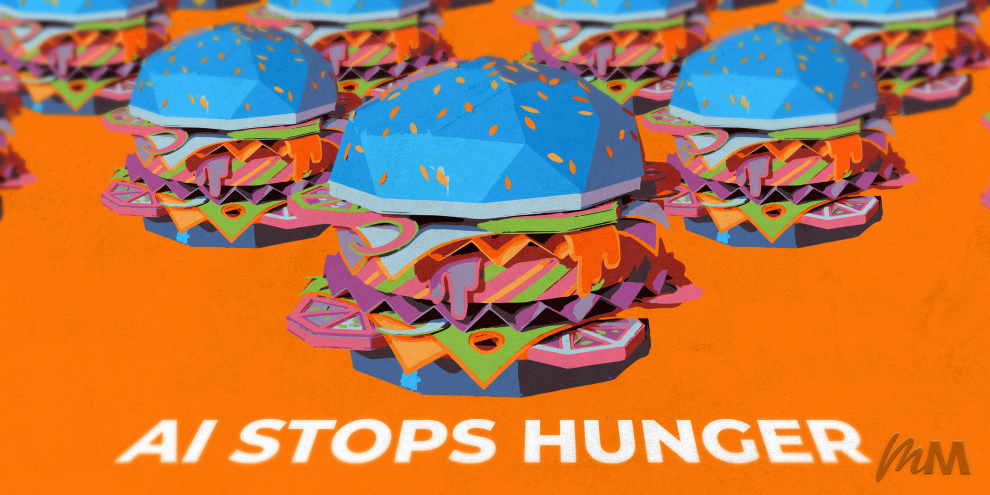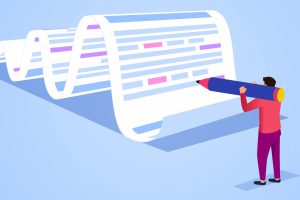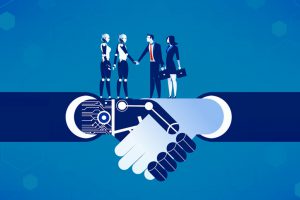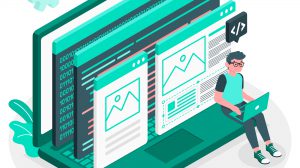Tax and death many say is constant in every human life but how about hunger? For some persons, access to food is not an issue, however, about 135 million individuals across 55 countries and territories are most likely to go to bed hungry every day. They are described as acutely food-insecure people in crisis or worse (IPC/CH Phase 3 or above) according to the 2020 Global Report on Food Crises by United Nations World Food Program.
There have been cases where hunger was among the root causes of political instability, from the fall of Mugabe in Zimbabwe, the food crises of the late 90s to the great depression. Hunger was seen as one of the casual factors. Unfortunately, despite having a rich history to the effect of hunger, we have not been able to find lasting solutions to one of earth’s Achilles heel.
Key steps in fighting hunger most certainly must include a deep dive into the causes of hunger, some of which includes food spoilage, food accessibility challenge, poverty, and economic depression amongst others.
Ok, so what is your proposition? you would ask. What can be done to achieve a net zero percentage of people going to bed hungry? How about the use of technology? Well, many will conclude that over the years there has been tremendous growth in the technology space yet no measurable progress to this fight, however, this growth may not have included the many impacts of the growing improvements in machine learning algorithms.
According to the Microsoft azure blogpost, machine learning algorithms are said to be chunks of code that help people explore, analyze, and find meaning in complex data sets. By combining both mathematical and scientific knowledge, an algorithm can be engineered to build predictive, analytical, recommender models which can be employed to fighting hunger.
So how can we apply one algorithm at a time to build hunger fighting models? The following highlights some of the ways machine learning algorithm can be used;
Research and Development
Innovation remains key towards improving the hunger rate in the world, with increasing cases of pesticide resistant animal, crop pest and disease, climate change and growing food populations, there is a need to develop a species of crop and animals to weather the storms. Deep learning algorithms are being used in species breeding and recognition.
Genes searching or combination in the lab is a tedious and time consuming process, in many cases, such research can take years before the right combination is achieved, for example, the yellow cassava variety took over 20 years to find the right combination, even currently efforts are been made to continuously make improvements on this cassava specie.
Algorithms can take enormous amounts of data of different varieties of plant species gathered over the years to make probability models that can predict which genes of species hold desirable traits.
Prediction
Algorithms are being employed in detecting diseased crops and animal as well as predict the quantity of crop produced in a farmland. This has assisted farmers in ensuring protective measures are put in place to maximize production and matching market demands to farm yield reducing cost of storage.
Forecasting
Forecasting farm market trends, weather and price fluctuations can help in areas of farm management and consumers to make purchase decisions and predict when there will be changes. Farmers can use machine learning algorithms to forecast weather changes and make decisions as to the type and quantity of crops to produce ensuring crops are protected from severe weather conditions.
Robots
Although the development and proliferation of robots is still in its infancy, efforts are been made in designing robots using algorithms to handle essential agricultural activities like harvesting, land preparation, irrigation among others thus improving farm productivity.
Recommender
Access to market is key towards ensuring produce are readily available for consumption. Often times, the point of production and sale are far apart and inefficient transportation adds salt to injury. Recommender algorithms can been used to make decisions as to the nearest market available to farmers for the sale of their goods, best transportation and logistics firms that farmers can partner in ensuring that produce get to markets at the right time.
In Summary
Alone, other conventional hunger eradication methods can do little, but with combination of machine learning algorithms and its many applications, perhaps a twin-like resource can be explored and the quest to fighting hunger one machine learning algorithm at a time can begin to yield result.











Add Comment